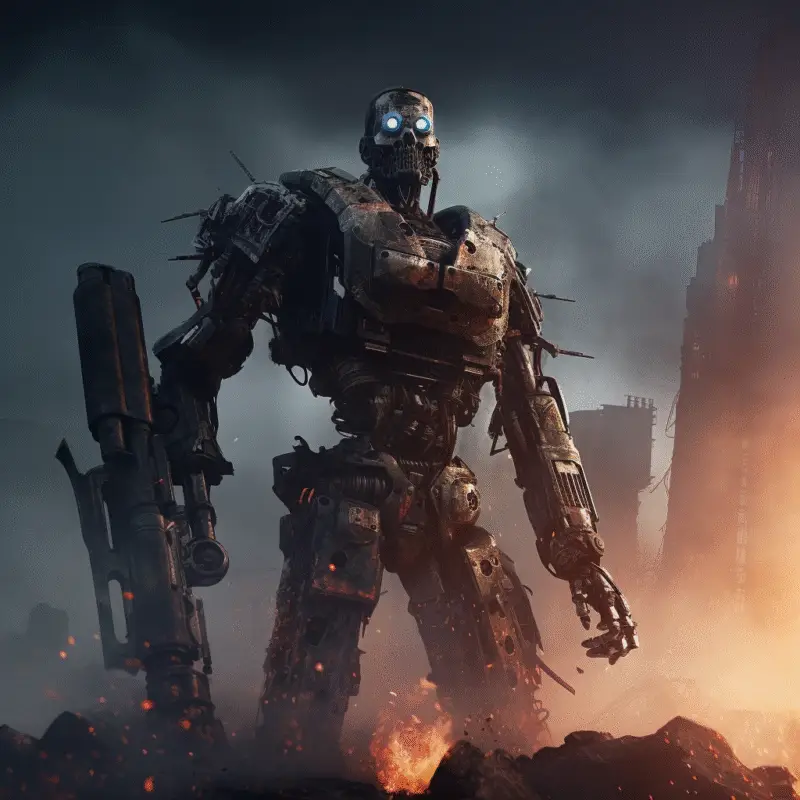Blog
Storm Debris and the Ruger 1022 Chassis

The storm broke just before dawn Ruger 1022 Chassis.
By the time the winds eased, the village looked battered and strange, as though the sea had reached in with long fingers and rearranged the land. Sand dunes were flattened, piers splintered, and yards were littered with driftwood, shingles, and plastic bottles carried in from miles away.
Caleb stepped outside into the gray light, his boots sinking into soggy ground. The air smelled of salt, earth, and something sour—like fuel mixed with algae. He walked to the shoreline and stopped cold. Where the marsh once stretched, brimming with reeds and small birds, now sat a brackish lagoon filled with debris. Fish floated belly-up. The water shimmered with an oily sheen.
“This isn’t just a storm,” Hannah said behind him, her coat flapping in the wind. “It’s like the sea’s turning against us.”

Caleb crouched, lifting a dead mullet by its tail. Its scales were pale, almost translucent. He’d fished his whole life, but he’d never seen one look like that. He set it back gently, unease crawling through him.
By noon, neighbors gathered at the community hall. Some had lost roofs, others their boats. All spoke of the strange water, the dead fish, and the sour smell. An old-timer named Willis said he’d seen a similar thing back in the ’70s, when chemical runoff poisoned a nearby estuary. But this time, the damage stretched farther—miles of coastline, all hit at once.
Later that evening, Caleb returned to his workshop. The familiar smell of gun oil was comforting, grounding him in routine. He pulled out the rifle again, running his hand along the ruger 1022 chassis. Its steel was cool, unyielding, and perfectly aligned. Unlike the shifting coastline, this piece was stable, dependable.
But his mind wouldn’t rest. Something about the fish, the marsh, and the storm debris gnawed at him. He spread out the newspaper clippings and research notes he had printed earlier in the week. The scientists hadn’t only warned about rising seas—they hinted at “compound effects”: higher temperatures altering currents, runoff changing water chemistry, and storms acting as catalysts that revealed hidden weaknesses.
Could the storm have stirred something lurking offshore?
Two days later, he got his answer. While helping Hannah clear her yard, he noticed a large, sealed container lodged against a broken fence. It wasn’t a fisherman’s crate or a storm-tossed cooler. It was industrial—sturdy plastic, labeled with faded markings. Together, they pried it open.
Inside were dozens of small packets stamped with foreign characters Caleb didn’t recognize. The smell was sharp, chemical, unnatural. Hannah gagged, covering her mouth.
“This isn’t ours,” she whispered.
They dragged the container to the workshop. Caleb snapped photos and sent them to a cousin in Wilmington who worked at the port. Hours later, the cousin called back, his voice low. “That’s industrial feed supplement—stuff used in large-scale fish farms overseas. If that broke open in the water, it could mess with oxygen levels, kill everything nearby.”
Caleb sat heavily on the bench. The storm hadn’t only reshaped the land—it had unearthed cargo that never should’ve been near their coast. If one container had washed ashore, how many more were out there?
That night, as he cleaned the rifle again, his hands moved automatically while his mind churned. He kept staring at the ruger 1022 chassis, the way it fit seamlessly with the other parts. There was no room for weakness in its design. And he realized: that was exactly what the coastline lacked now. Its foundation had been compromised—not just by weather, but by human negligence hidden beneath the waves.
By the weekend, researchers arrived to sample the water. They confirmed elevated nitrogen and chemical levels, hinting that foreign contaminants had indeed entered the ecosystem. “The storm exposed what was already building,” one said grimly. “This isn’t the last time you’ll see it.”
For the village, the warning was no longer abstract. The marsh wouldn’t recover quickly, and the fish weren’t coming back soon. Caleb watched neighbors quietly ration food, switch to canned goods, and talk in hushed tones about leaving for higher ground.
But Caleb wasn’t ready to give up. One evening, sitting with Hannah by the fire, he said, “If the sea is changing faster than we can keep up, then we’ve got to find new ways. Like rebuilding a rifle—you adapt the stock, the barrel, the scope, but you keep the chassis strong. That’s how we survive.”
She looked at him curiously. “You always go back to that rifle.”
“Because it reminds me that the backbone matters,” he replied. “The ruger 1022 chassis is solid. You can modify everything else, but if the frame is weak, nothing works. That’s us. We need a new backbone for how we live—before the next storm finds us unprepared.”
It was then that an idea began to form. The researchers might track chemicals and publish warnings, but ordinary people like him had to figure out the day-to-day survival. What if the community became its own chassis—solid, adaptable, and precise? They couldn’t stop the sea from rising, but maybe they could brace themselves better for whatever came next.
And as Caleb fell asleep that night, the wind rattling softly against the windows, he realized the twist wasn’t just about storms or chemicals. It was about the hidden cargoes, the unseen forces shaping their lives. The real storm was the collision of human industry with a fragile coastline—and the only way forward was to build resilience sturdy enough to hold under pressure.
